Wheat quality holds up against widespread rain.
By James Massina
13th December, 2023
Like it or not, rainfall has been the order of the day for many parts of the country with winter crop still to harvest. Various locations through Southern New South Wales, Victoria and South Australia have received up to 200mls in the last couple of weeks. For those in the summer cropping regions where harvest was all but complete, the rainfall has been well received as the medium-term weather forecast remains average at best. Whilst not a plentiful as 2022, subsoil moisture levels through New South Wales are above average in a lot of areas which is positive for summer crop prospects.
The quality of the harvested grain posts these rain events has been variable depending on location and crop maturity. For a lot of New South Wales where there were still reasonable volumes to be harvested, the wheat quality has held up reasonably well. There is no doubt some shine was taken off the top of the crop however there was not an extensive downgrade of quality with a lot of the tonnes still making ASW or better. Understandably there has been the introduction of the weather damaged grades as some sites however these have seen relatively small volumes. With the bulk of the barley completed, the impact on quality from malt to feed has equally not had a significant impact on the total malt selection through New South Wales, nor Victoria.
Overseas markets have seen plenty of activity of late with numerous fundamental inputs dominating the newswires, both supply and demand driven. Certainly, China’s buying of US wheat had the futures market pushing strongly over recent weeks however this did not translate into similar gains in local markets with the January ASX contract trading a $10/mt range for the same period. Rainfall in parts of Europe and South America equally impacting oilseed markets. This has been providing some opportunities locally in an uninspiring canola market.
ABAREs released their summer crop forecast last week and despite being significantly down on the previous year, it is certainly looking better than it was in previous months. According to them, sorghum production is expected to be down by around 45% to a total of 1.5Mmt which is a factor of both area and yield. If realized, 1.5Mmt of production will still be below the five- and ten-year average for that commodity. In relative terms, it appears as though New South Wales is going to see the largest decline to planted area and subsequently production.
In contrast however, thanks to the recent rainfall, ABAREs is calling the 23/24 cotton crop at 4.1M bales of production which puts it above the 10-year average. Whilst this number is still significantly down on the previous two years’ production of 5.6M and 5.5M bales respectively, 4.1M is still a reasonable size crop with some industry sources already quoting it quite a bit higher than this.
Rain turns the tables on summer crop plantings.
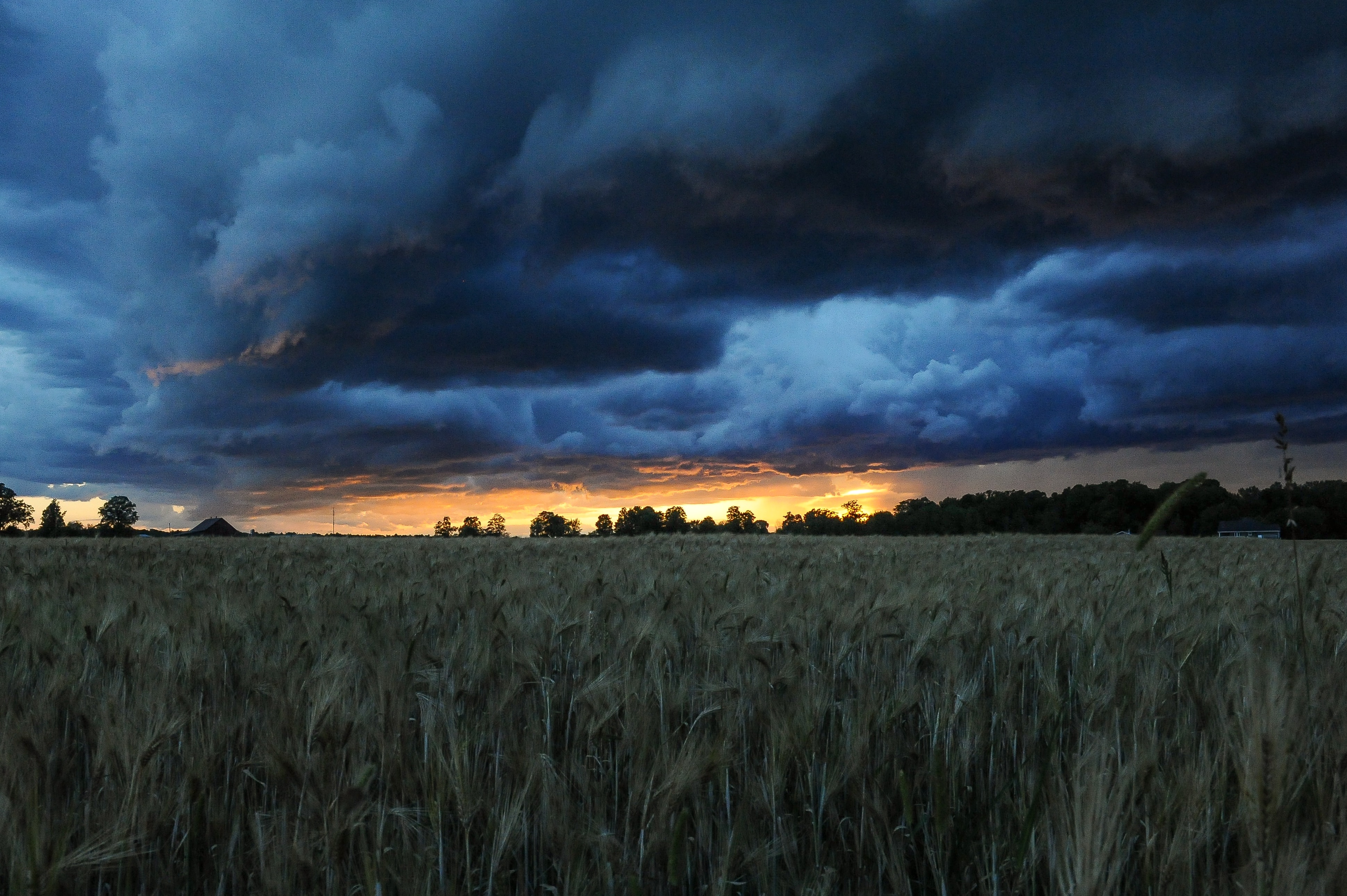
One can only hope that after the big falls across the eastern cropping belt last week, that the BOM manages to get this week’s forecast right, and growers in Southern NSW and Victoria escape any significant additional rain..........
Read MoreRain welcome in the North with Sorghum set to be sown.
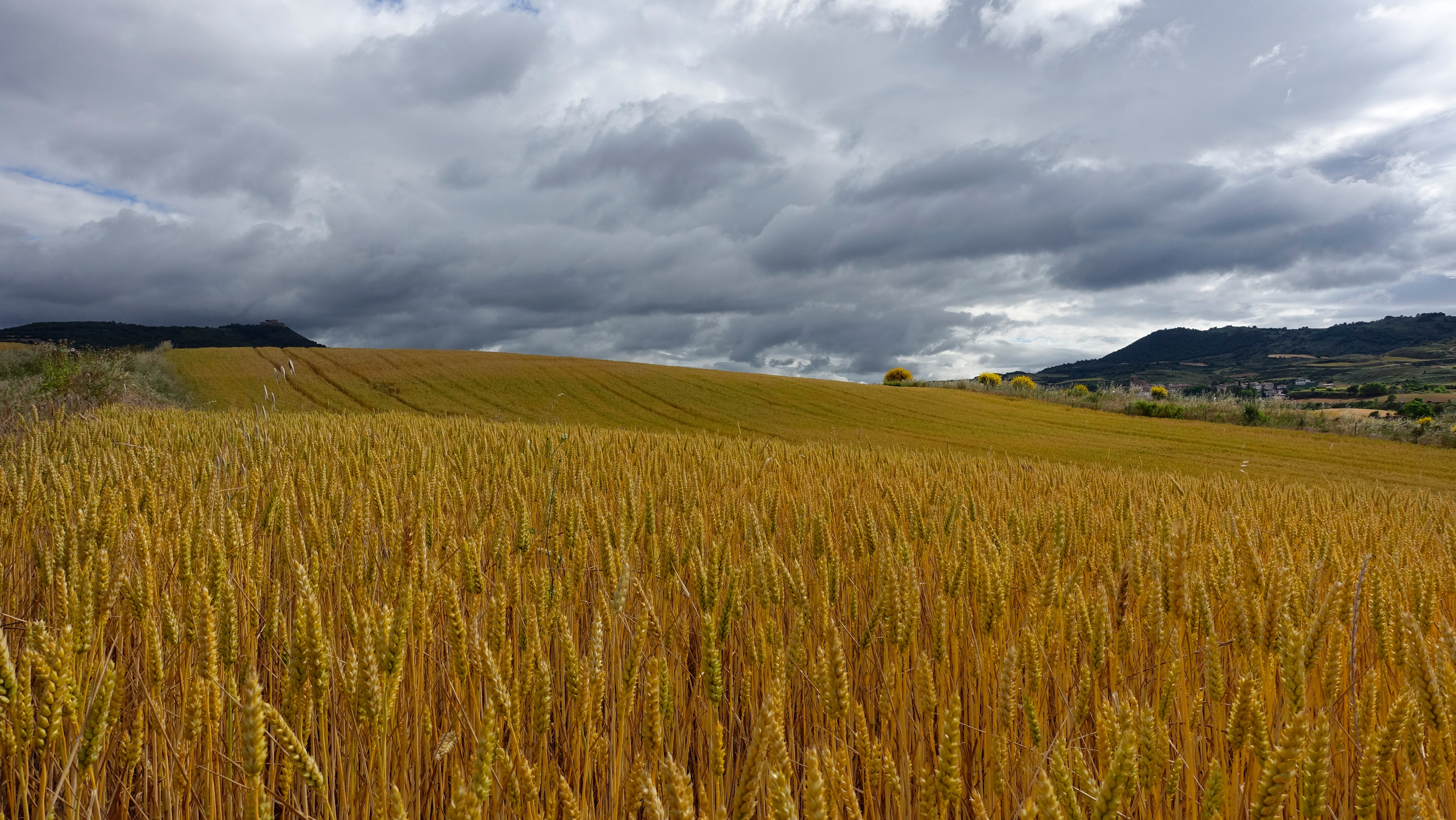
Storm conditions have provided welcome rainfall to areas of Southern Queensland and Northern New South Wales. With rainfall totals between 15-50mm in the last week and some areas receiving more than 100mm........
Read MoreHarvest progresses at record pace
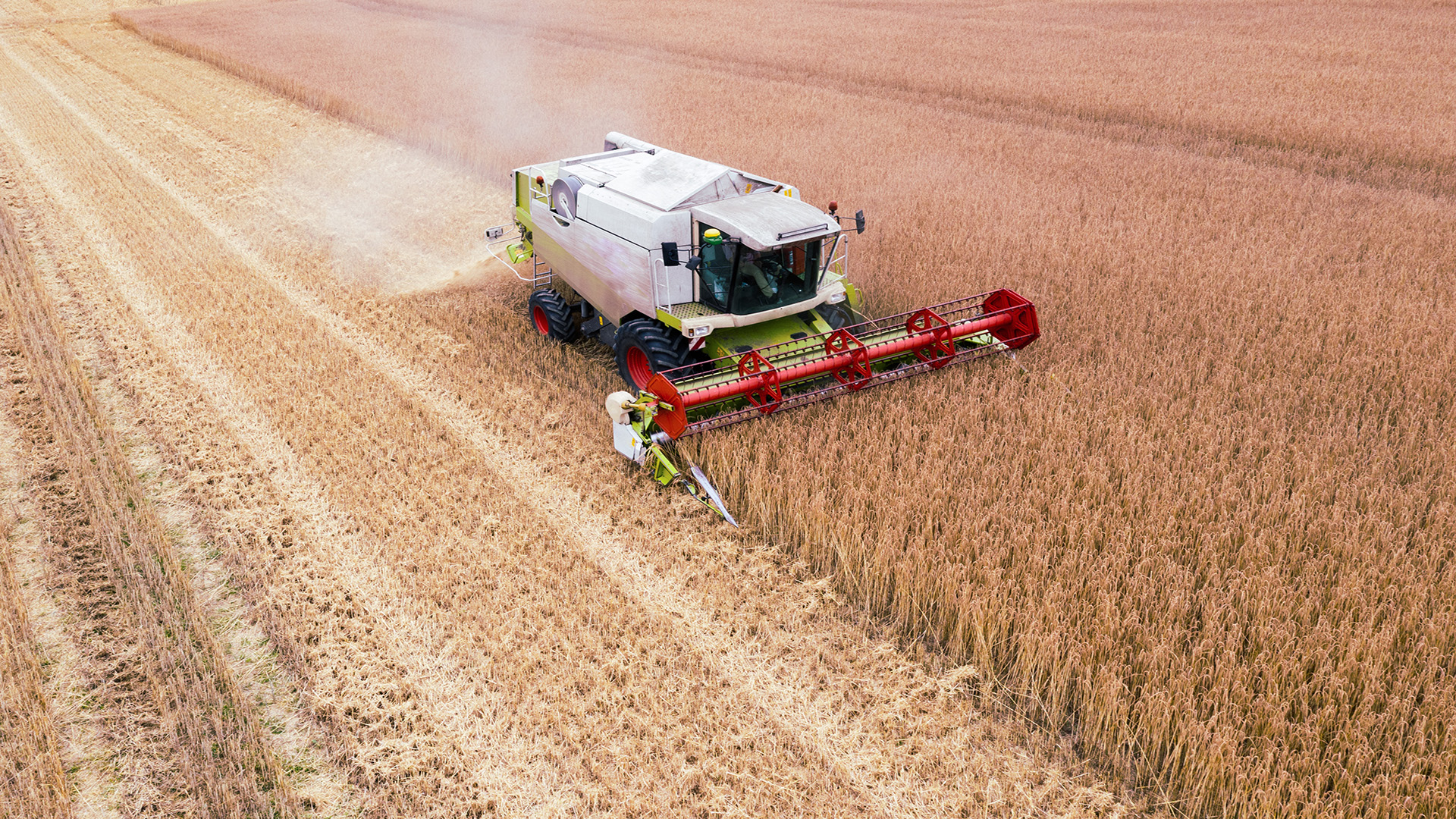
The Aussie winter crop harvest is about halfway toward completion, with plenty of grain still on the stalk in the southern parts of Western Australia, South Australia and New South Wales as well as the bulk of Victoria.......
Read MoreWA Market Wrap
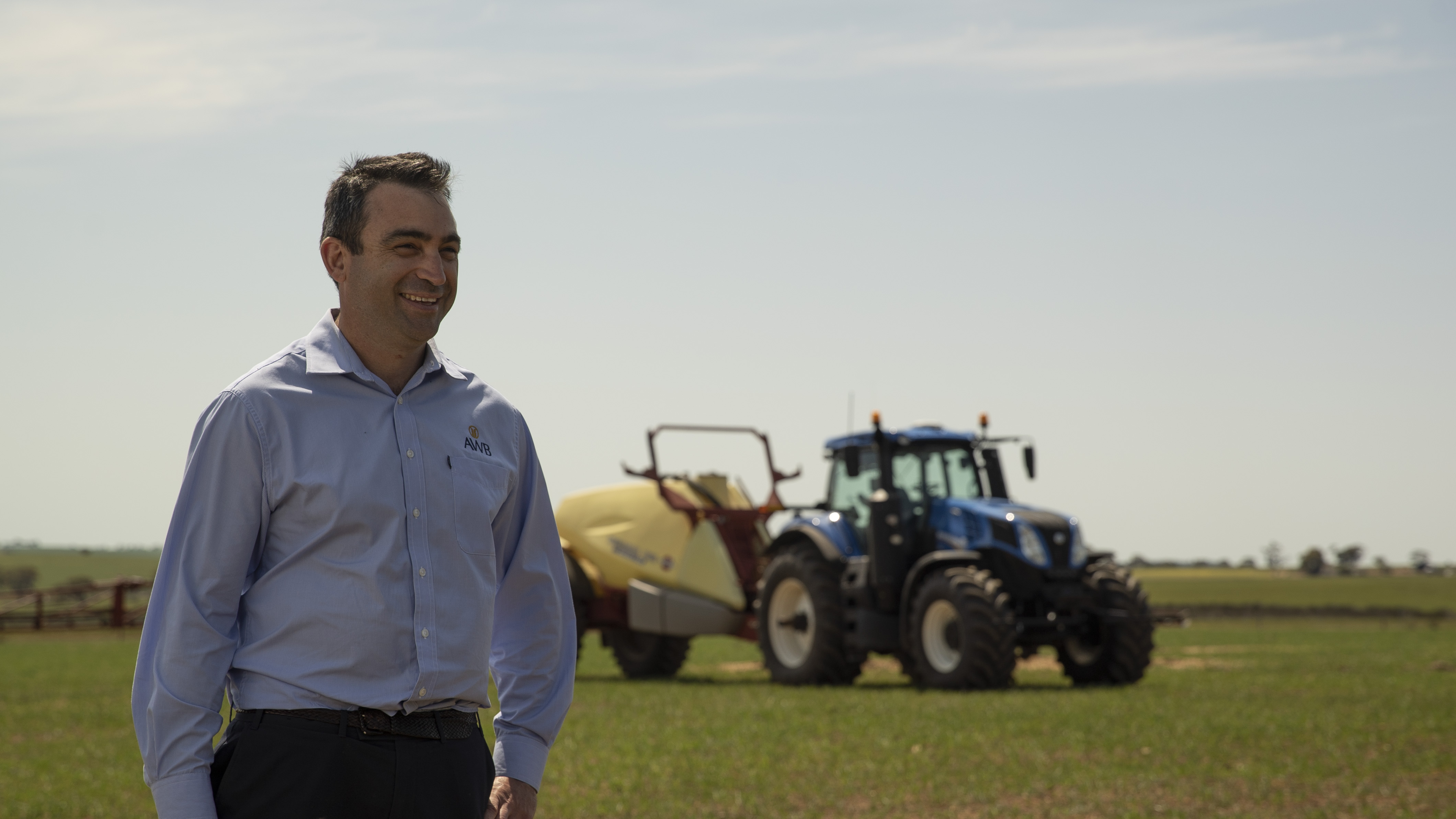
The Western Australian harvest looks like being a quick one with a lot of light crops this year. Receivals in the Geraldton zone started in mid-September and a number of growers have already finished. Production expectations were not high given the lack of summer and growing season rain in most parts of the region......
Read MoreHarvest moves South
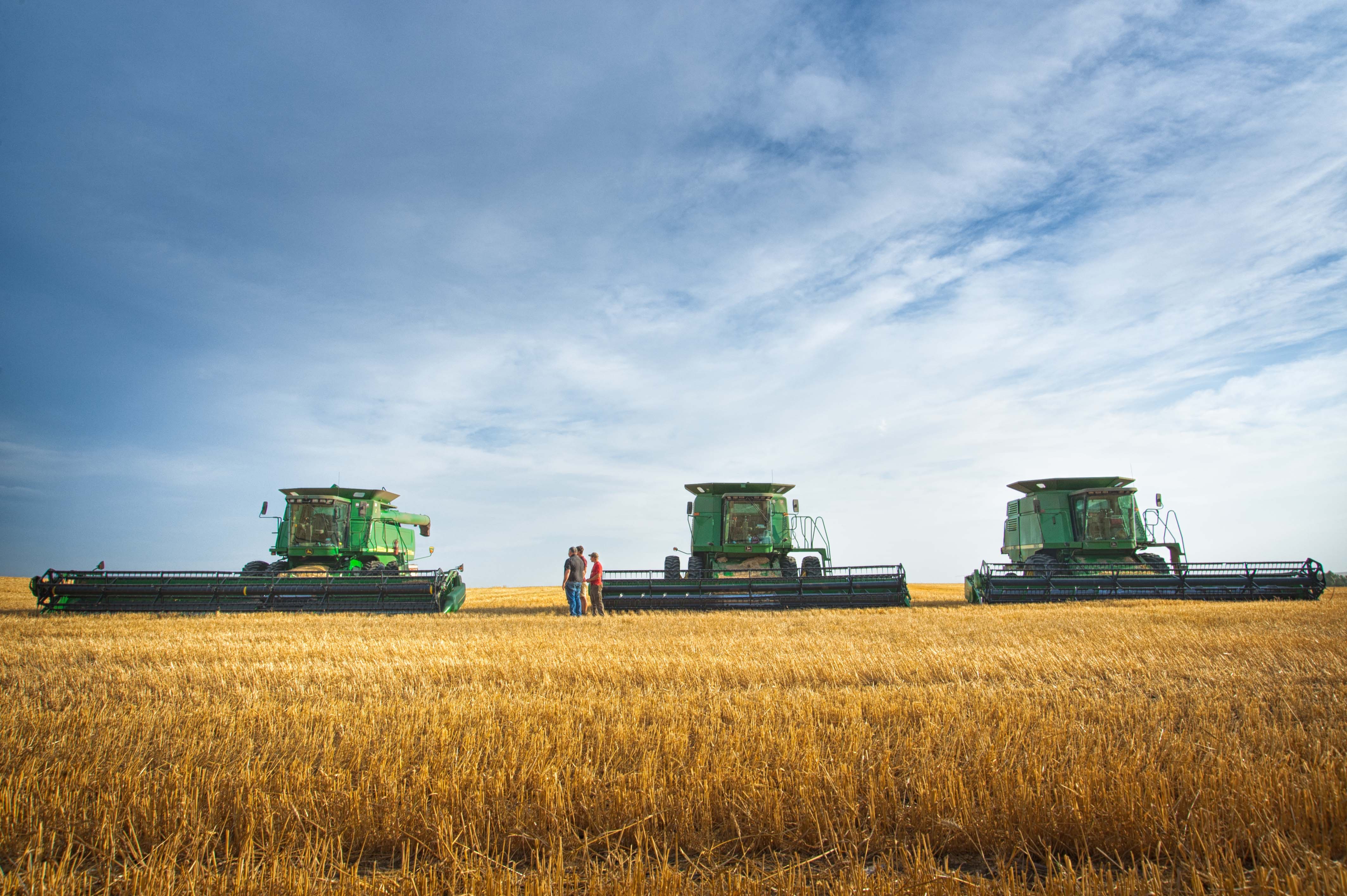
Queensland and Northern NSW have parked the headers and are done and dusted, while Central NSW is about 50% done. Southern NSW is seeing more headers in canola and barley paddocks, and we should start to see some activity in wheat paddocks sooner rather than later......
Read MoreHarvest well ahead of previous years
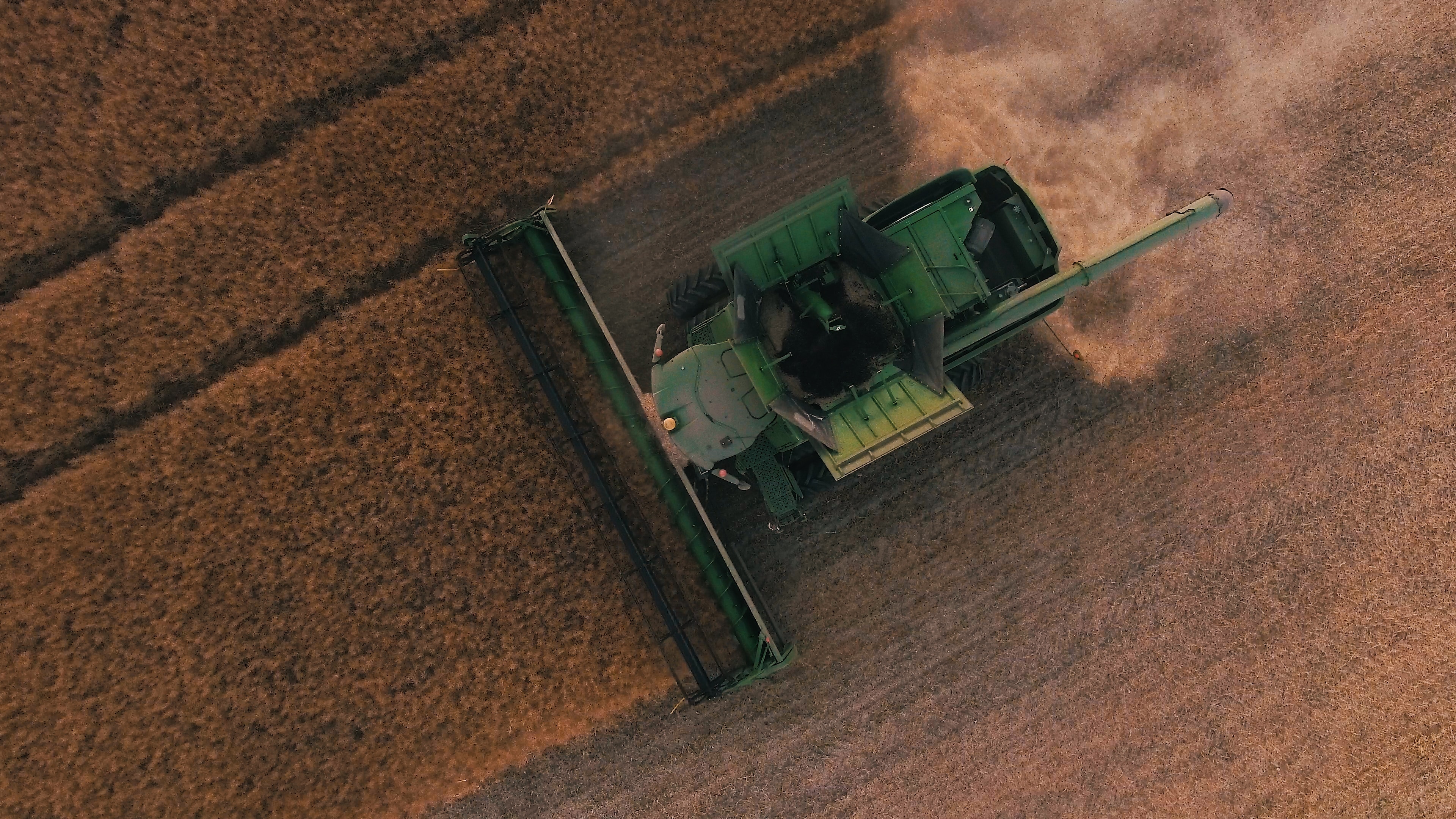
As we move further into November, harvest progresses at an incredibly rapid pace. Traditionally harvest would be 10% completed in the northern part of the Port Kembla zone by the end of the first week of November......
Read MoreAn update on harvest
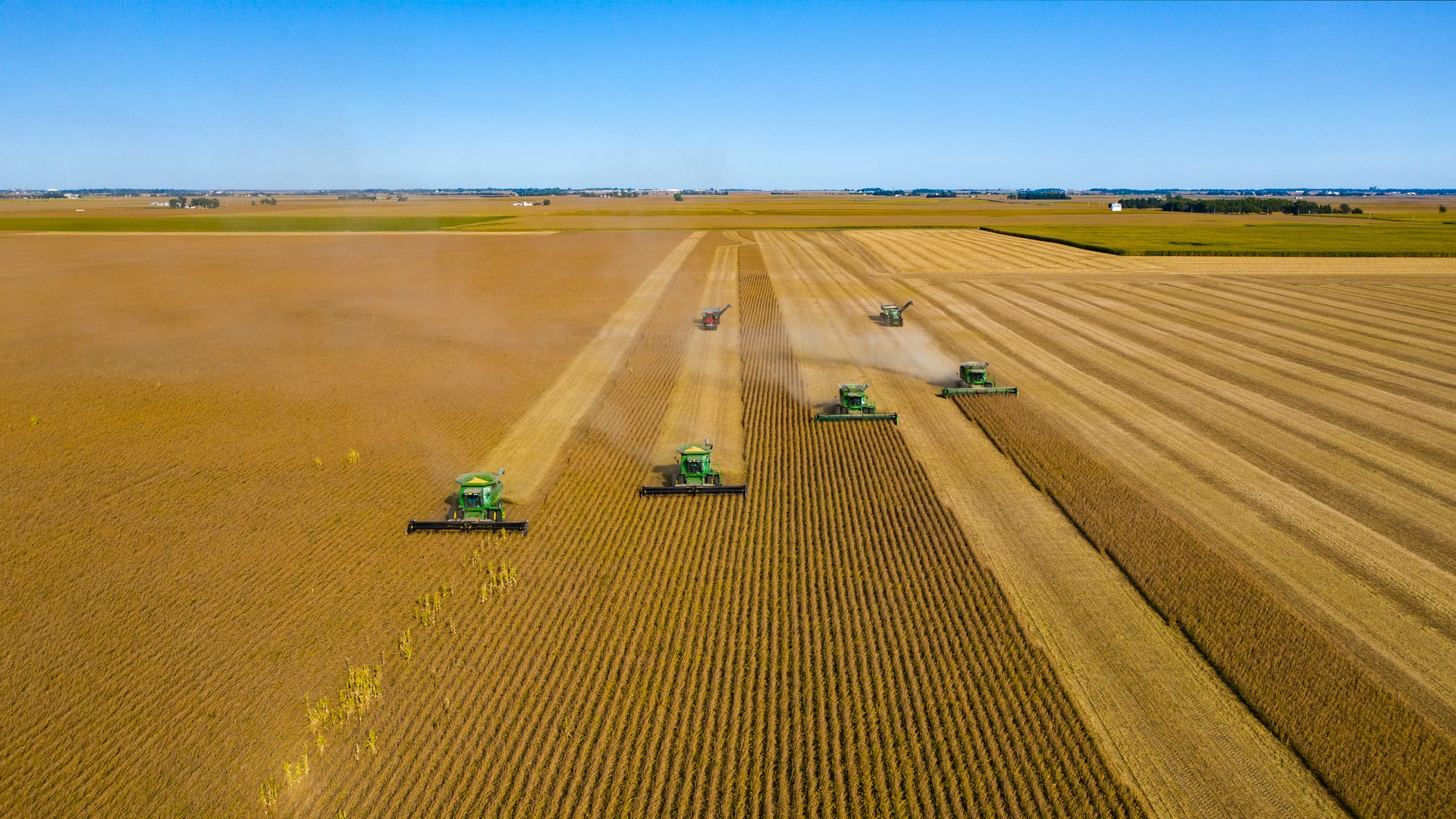
Harvest is rounding the home straight in Queensland and Northern New South Wales nearing 50-60%. Quality to date has been reflective of the seasonal conditions, with the lack of moisture contributing to grades milling around the centre of the quality chart, with ASW1/AUH2/APW1 the main grades being presented at bulk handling sites......
Read MoreDry weather hits sorghum production.
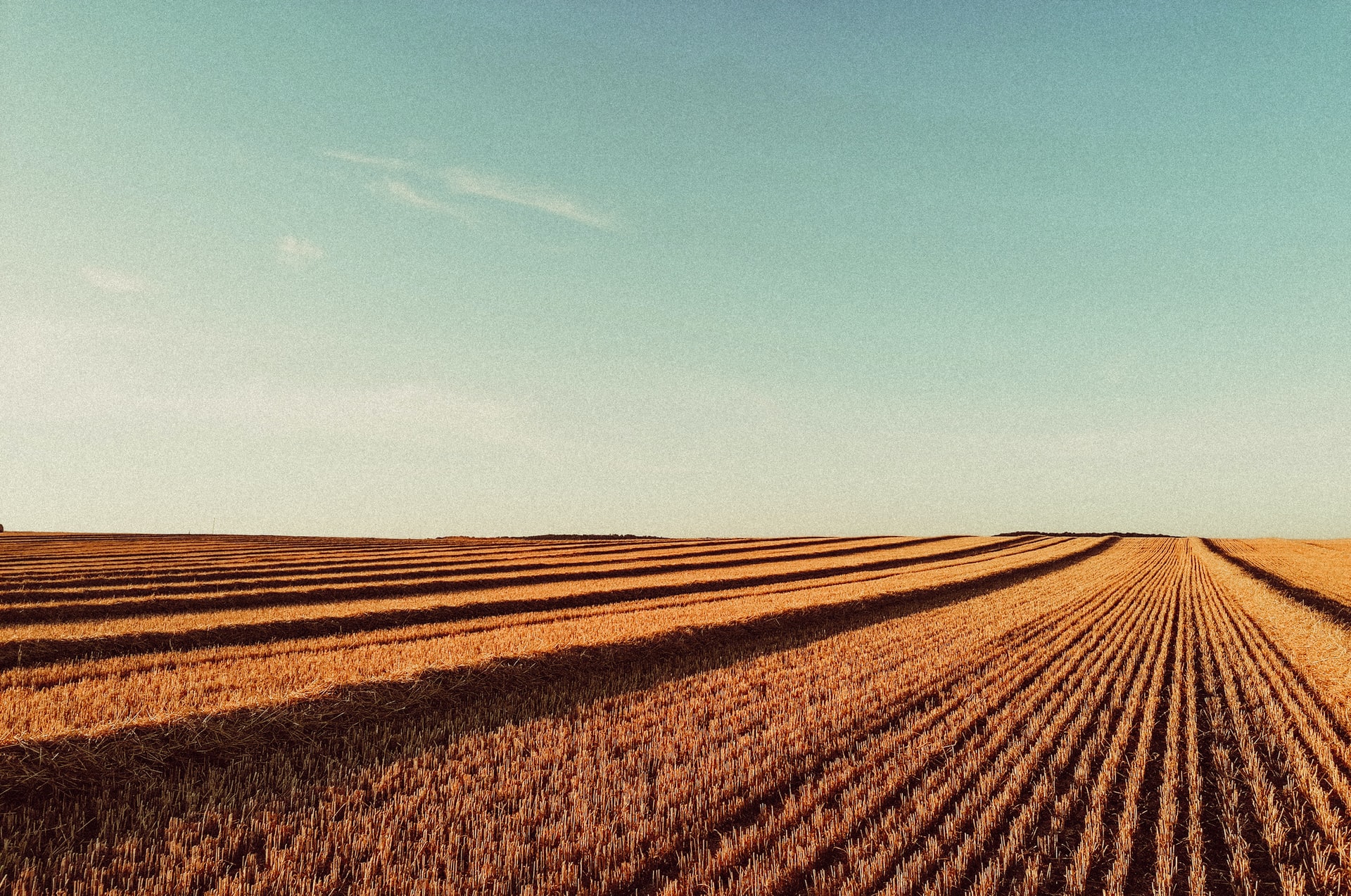
The weather in recent weeks has generally been favourable to most grain producing regions. Areas in the north have seen clear weather allowing harvest to progress at perhaps a pace faster than many would like.....
Read MoreHarvest activity increase sees prices decrease
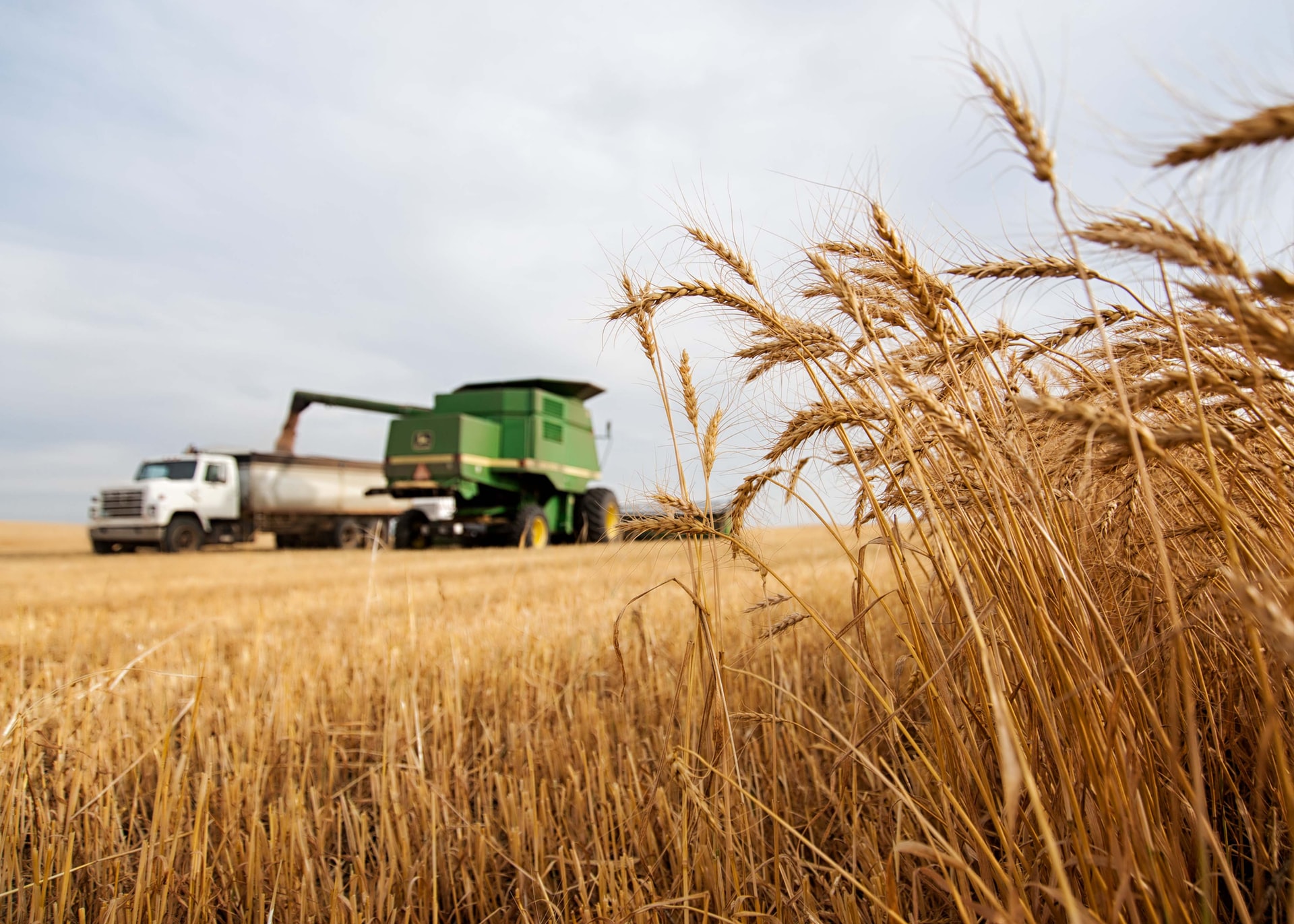
Harvest has now kicked off in most of the country’s northern cropping regions and as header activity rapidly moves south it won’t be long before we’re well and truly underway across all zones. Queensland growers are now stripping wheat as canola is making its way into receival sites as far south as the NSW Sturt Highway....
Read MoreRain makes grain
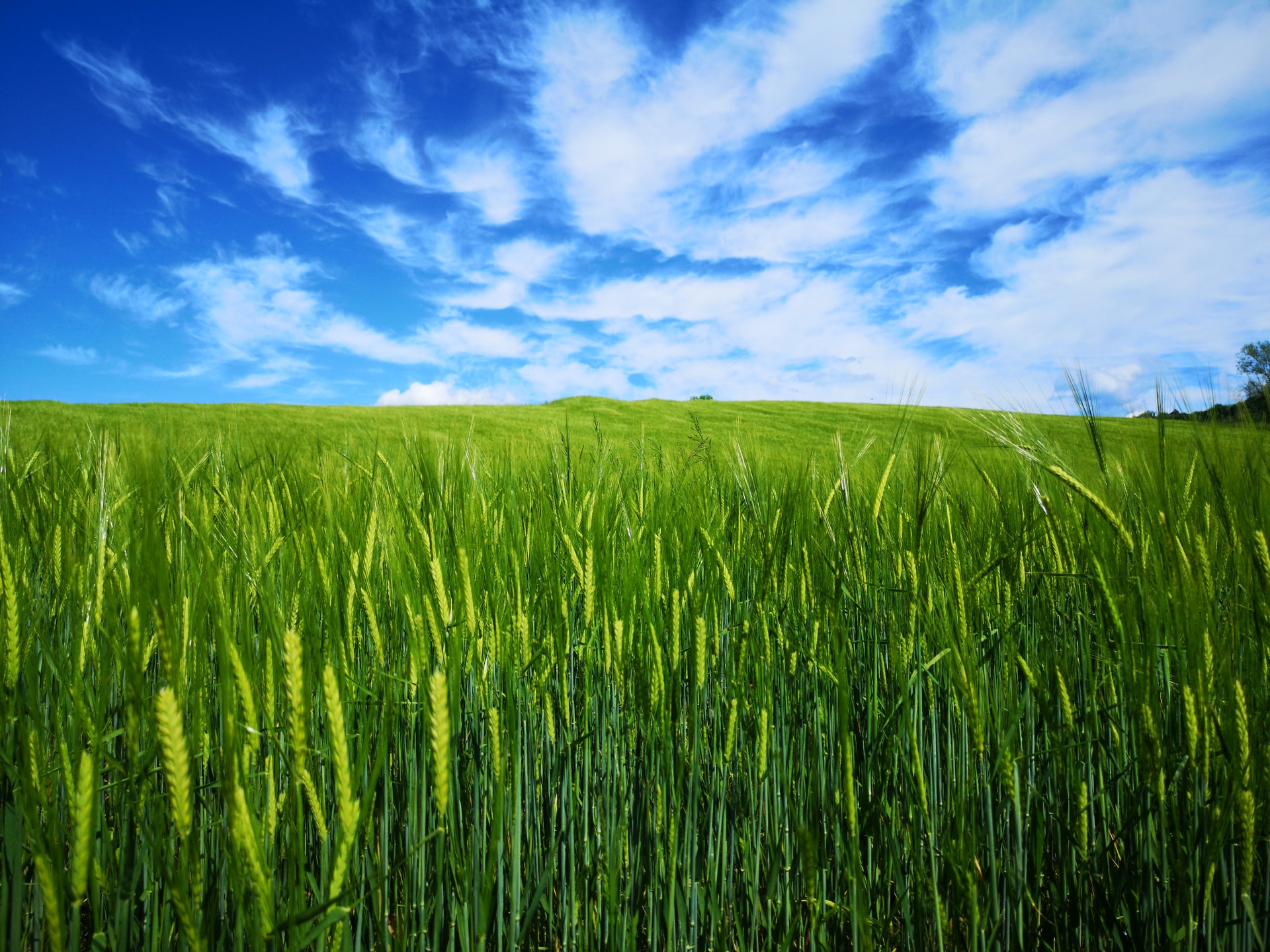
Its fair to say that a rain in spring is worth its weight in gold and last week we saw this come to fruition with reports of 15mm to 100mm+ recorded. In some regions, the rain came too late to add yield, however this one event will certainly lead to small grain size and pinched grain being a lot less common occurrence than it might have been, as crops were beginning to run out of moisture.....
Read MoreGlobal Wheat Production Estimates Lowered With Drier Outlook

Looks like September was one for the record books with what might have been the warmest and driest since records began, not to mention Collingwood tying with Essendon and Carlton with 16 grand final wins on the last day of the month....
Read MoreHow Time flies
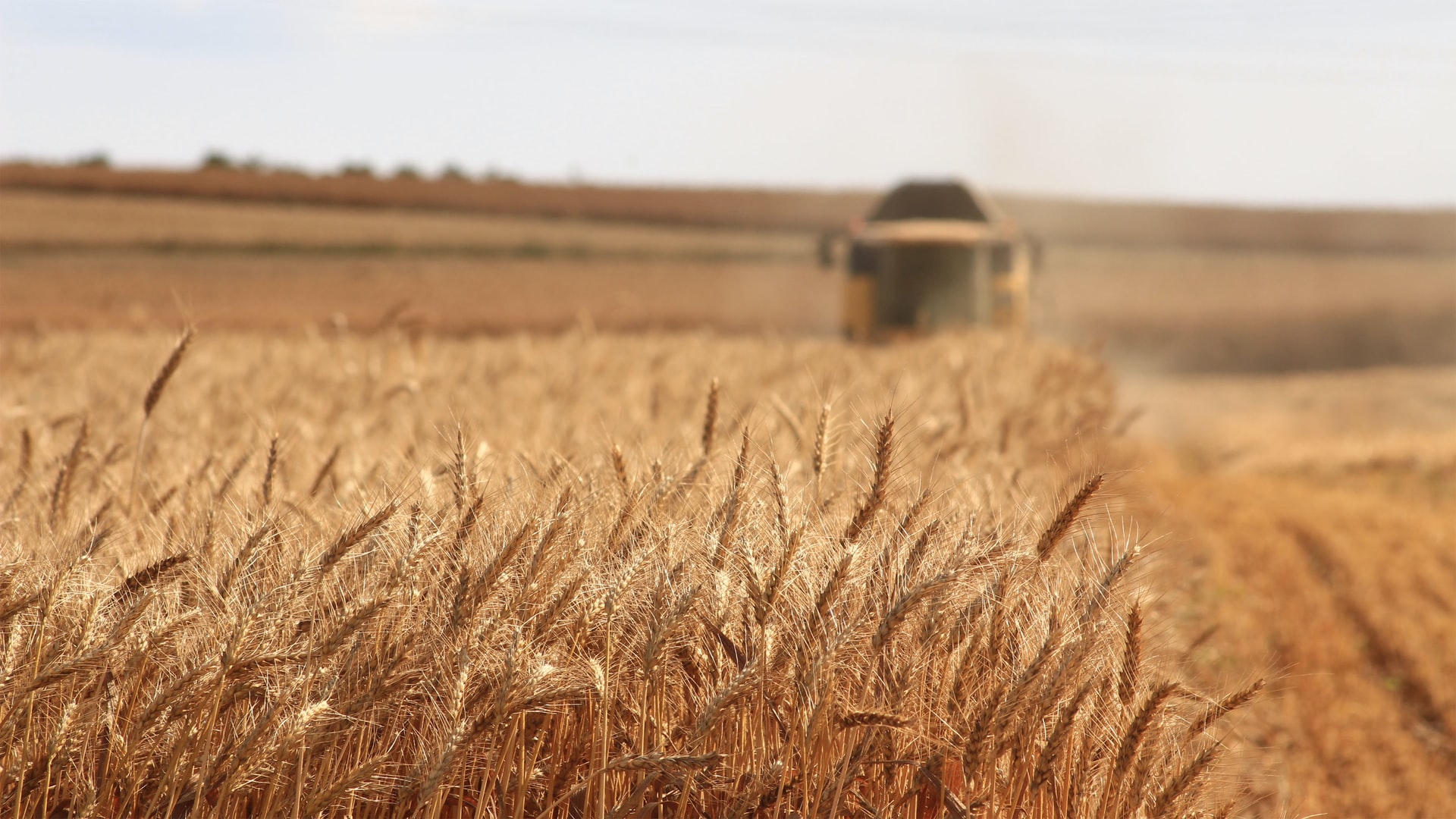
It seems like only yesterday that we were celebrating a Geelong premiership, but 12 months has flown by and its Grand Final week again. It also feels like we only just put last year’s harvest to bed, but in the blink of an eye we are back at it again....
Read MoreSupply estimates are out, but what's in doubt?
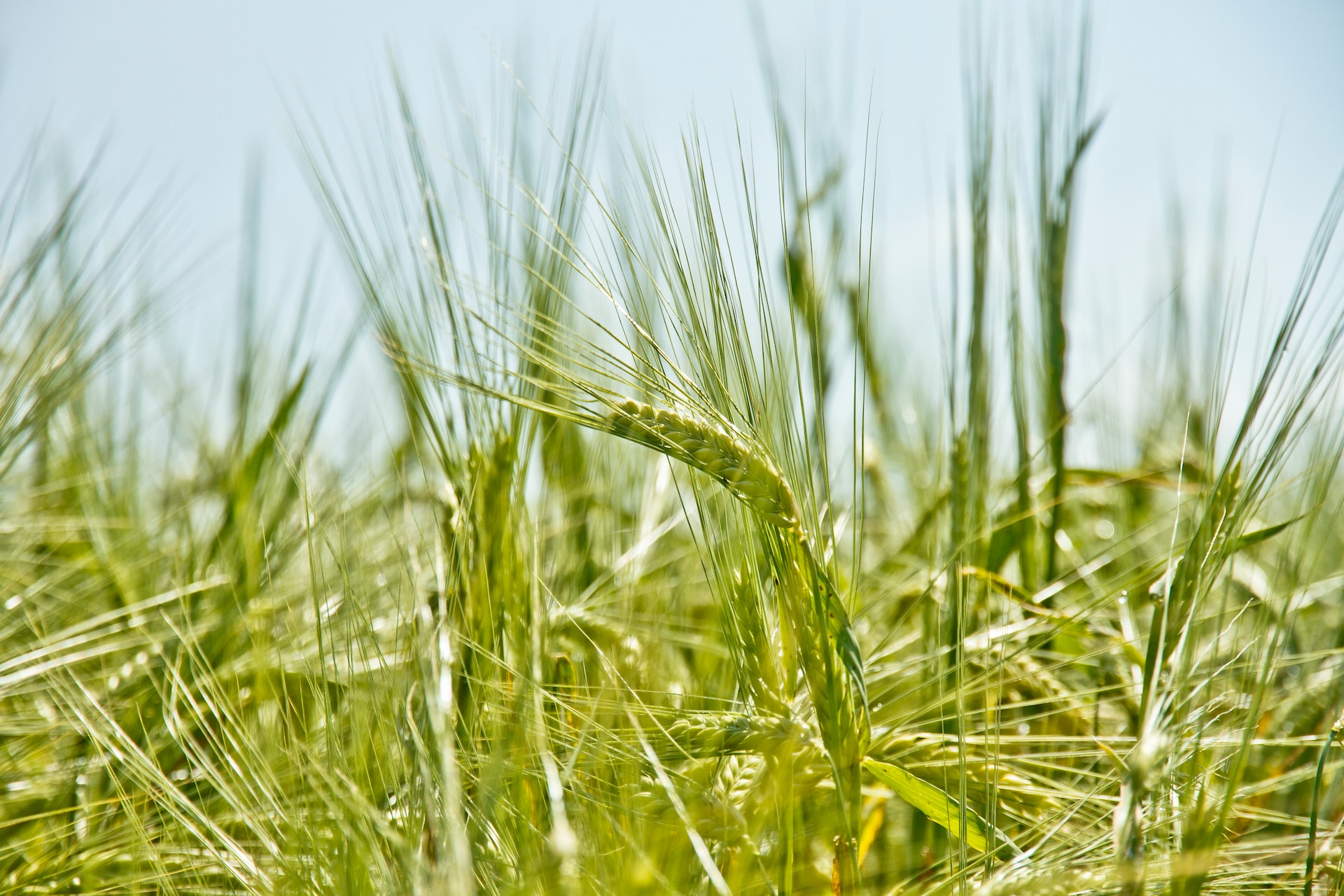
Last week saw the release of the September USDA WASDE report which published a decline in global wheat supplies, mainly from AUS, Argentina, Canada and the EU....
Read More